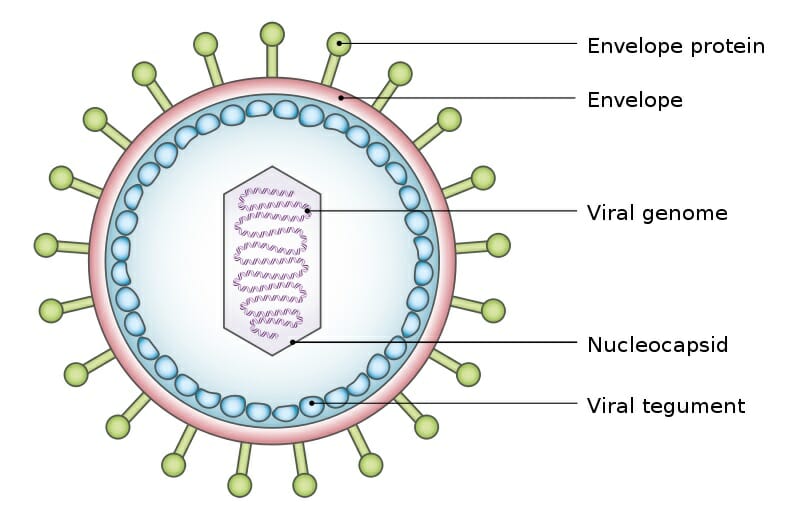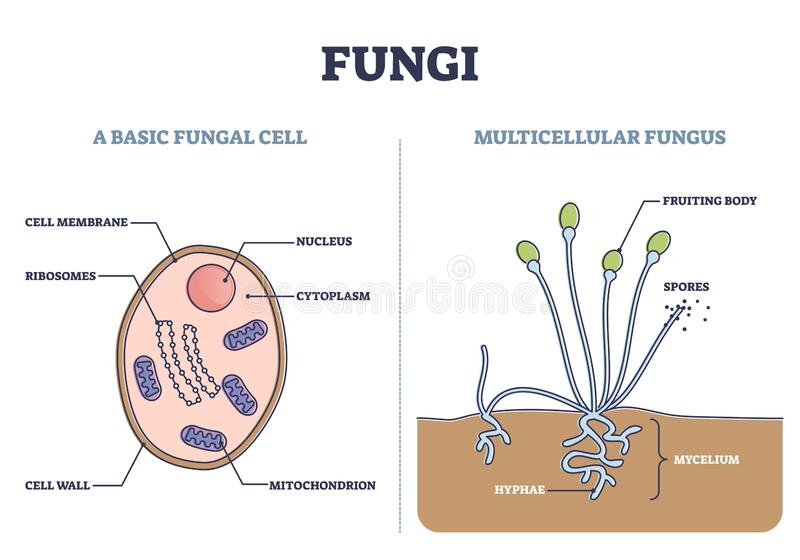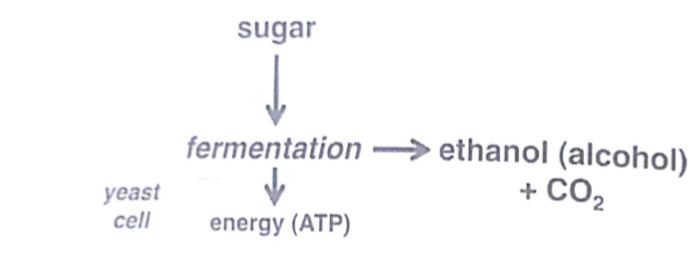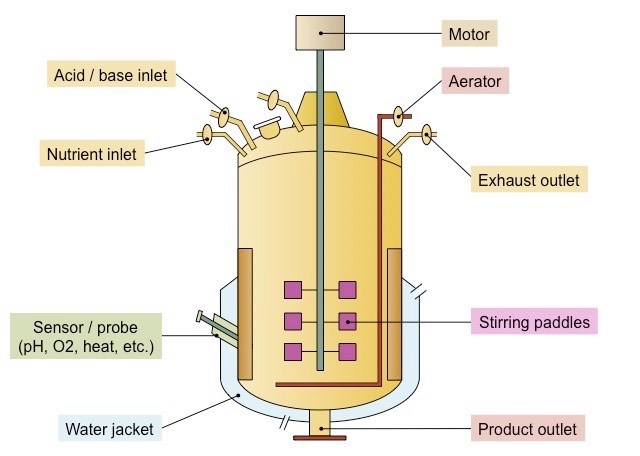Chapter 17 - Microorganisms and Biotechnology
Microorganisms:
Tiny living things that can not be seen through the naked eyes.
Virus:
Noncellular
Strictly parasites
On the border line of living and non living organisms.
They do not show any life activity outside the host cells.
They have crystalline shape outside the host cell.
They contain nucleic acid.
Multiply inside the host cell.
Exist in various shapes
Rod shaped
Polyhedral
Spherical
10 to 100 times smaller than bacteria
Their body consists of protein coat
A virus nears a host cell. It attaches itself with the host cell surface with the help of sticking protein. It makes a hole through the wall of the host cell. It injects its DNA/RNA into the host cytoplasm. The viral DNA can insert itself into the host DNA and multiplies with the multiplication of the host cell. It uses the machinery of the host cell in the cytoplasm and instructs the host cytoplasm to make new viruses. The viruses mature inside the host and cause the host cell to burst.

Bacteria:
Unicellular
Cell wall made of murein
Lack of double membrane bound organelles
A double standard circular DNA embedded in the cytoplasm. No nucleus
May or may not have flagella
Shapes: spherical, rod, spiral
Bacteria obtain their nutrition from other organisms.

Fungi:
May be unicellular or multicellular
The multi cellular forms consist of thread like structures called hyphae. The hyphae are interwoven together to make the vegetable body of the fungus called mycelium.
Each hypha consist of a cell wall made of chitin
One or nucleus may be present
Their mode of nutrition is heterotrophic.

Biotechnology:
The implementation of biological processes for the benefits of mankind.
FERMENTATION:
A biological process which is used for the formation of many food products.
Glucose —> Alcohol + CO2
**OR**Glucose —> Lactic Acid
- CO2 for making bread
- alcohol for beer making
- lactic acid for yoghurt making
BREAD MAKING
Dough is placed in molds and left at warm temperature for 2-3 hours.
During this process anaerobic respiration of yeast produces CO2 and alcohol.
CO2 expands due to high temperatures. As it escapes through dough it causes the dough to rise and become soft. Yeast is killed in the process and the outer crust hardens which maintains the shape of bread.
BEER MAKING
Soak seeds in water. Allow them to germinate for 2-3 days
Roast the germinated seeds grind them.
Add hot water into the ground grains . It makes wort.
Add yeast into it which converts sugar alcohol.
As yeast respires, it produces CO2. It escapes from the medium and produces foam at the top of the wort. It creates anaerobic conditions.

YOGURT MAKING
Pasteurization at 60 degree Celsius for 30 mins
Let it cook to room temperature
Add starter culture into it
Leave the milk to ferment overnight
Streptococcus is aerobic bacterium, it absorbs oxygen from the milk and produces anaerobic conditions
Lactobacillus converts milk sugar into lactic acid. It drops pH of milk which causes milk protein to solidify, the curdled milk is called yoghurt.
Fermenter:

Transfer of human insulin gene into bacteria E.coli
Human insulin gene is isolated by adding restriction enzyme that cuts the gene, producing sticky ends.
Plasmid from E.coli is cut with the same restriction enzyme. This produces sticky ends complementary to those of the insulin gene.
Mix the plasmid with the DNA fragment containing the human insulin gene. The human insulin gene will bind to the plasmid by complementary base pairing between their sticky ends, forming recombinant plasmid
Add the enzyme DNA ligase to seal the nick.
Mix the recombinant plasmid with E.coli bacterium. Heat shock or electric shock is applied to open up pores on the cell surface membrane of the bacterium for plasmid to enter. The E.coli that contains this recombinant plasmid is a transgenic bacterium
The transgenic bacteria are placed in large fermenters under optimal conditions for growth and reproduction.
Fermenter consists of: • a nutrient broth containing glucose water and salts • 37°C temperature maintained by a temperature probe • optimal pH maintained by a pH probe • air supply for aeration and a stirrer to mix substances evenly.
At the end of fermentation, the insulin protein is extracted and purified before it can be used.
 Knowt
Knowt
